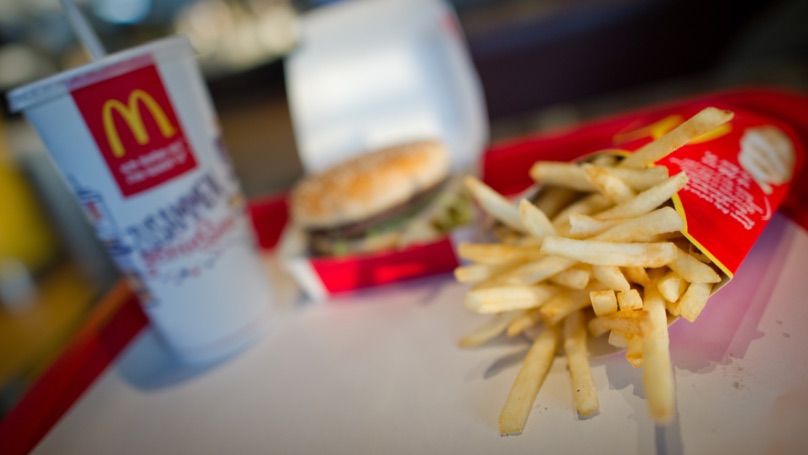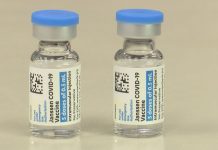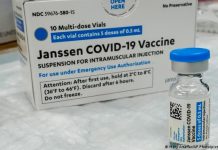
McDonald’s Fries Could Cure Baldness According To New Study.
A cure for baldness may have just been found in the most unlikely of places, according to scientists in Japan – who think the answer could lie in your McDonald’s meal.
Yep, believe it or not you read that right. According to the Daily Record, there’s a chemical used in McDonald’s fries that could help hair regrowth.
The scientists managed to regrow hair on mice using what they’ve referred to as a ‘simple method’ using human stem cells, which generated fresh follicles capable of sprouting new hairs.
Within days the mice had furry backs and scalps, and after these preliminary experiments it’s thought that the same technique could work in people.
The Japanese team first had a breakthrough after they managed to produce ‘hair follicle germs’ in their lab for the first time. These are the cells that fuel follicle development, and because they’ve never been regenerated before are considered the ‘Holy Grail’ of hair loss research.
Turns out the secret was to use dimethylpolysiloxane, the same chemical that’s found in McDonald’s fries – which is added for safety reasons to prevent cooking oil from foaming.
Professor Junji Fukuda of Yokohama National University, said: “The key for the mass production of HFGs was a choice of substrate materials for the culture vessel.
“We used oxygen-permeable dimethylpolysiloxane (PDMS) at the bottom of culture vessel, and it worked very well.”
Billons of pounds are spent on hair loss treatment each year, but hair follicles have never been created in this way before.
Fukuda said: “This simple method is very robust and promising.
“We hope this technique will improve human hair regenerative therapy to treat hair loss such as androgenic alopecia (male pattern baldness).
“In fact, we have preliminary data that suggests human HFG formation using human keratinocytes and dermal papilla cells.”
He continued: “These self-sorted hair follicle germs (ssHFGs) were shown to be capable of efficient hair-follicle and shaft generation upon injection into the backs of nude mice.
“This finding facilitated the large-scale preparation of approximately 5,000 ssHFGs in a microwell-array chip made of oxygen-permeable silicone.
“We demonstrated that the integrity of the oxygen supply through the bottom of the silicone chip was crucial to enabling both ssHFG formation and subsequent hair shaft generation.
“Finally, spatially aligned ssHFGs on the chip were encapsulated into a hydrogel and simultaneously transplanted into the back skin of nude mice to preserve their intervening spaces, resulting in spatially aligned hair follicle generation.
“This simple ssHFG preparation approach is a promising strategy for improving current hair-regenerative medicine techniques.”
We’ll leave the science to the experts, but ultimately if eating fried potatoes could benefit our health after all – well, we’re all in.













